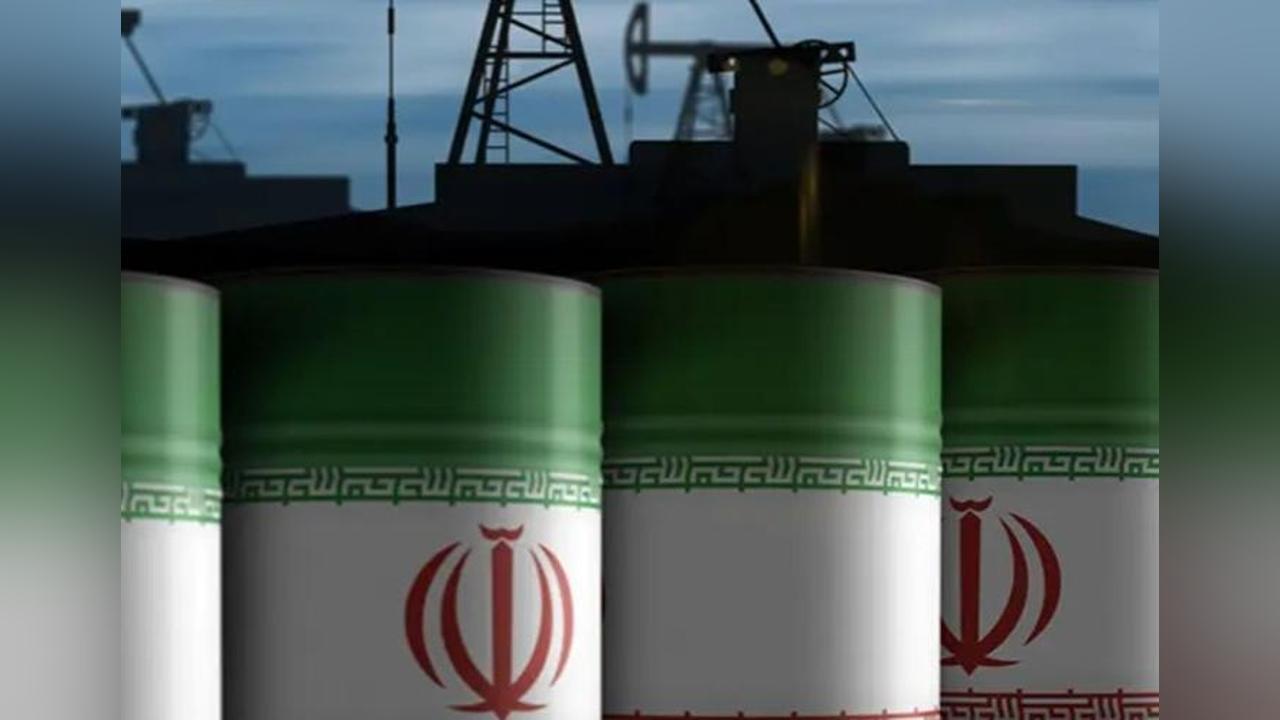Africa-Press – Botswana. Why Botswana Cannot Ignore the Oil Chokepoint Half a World Away
The looming threat of closure at the Strait of Hormuz, a vital global oil passage, poses serious risks to Botswana’s economy. With fuel imports vulnerable and strategic reserves limited, rising oil prices could deepen the country’s recession and inflation challenges. Botswana’s path to energy resilience hinges on urgent investments in electric vehicles, solar power, and strategic fuel storage
The Strait of Hormuz is just 39 km wide at its narrowest point, but it carries over 20 million barrels of crude oil daily, including shipments from key Gulf producers like Saudi Arabia, the UAE, Kuwait, and Iraq. If Iran were to mine, blockade, or militarily close the strait—even for a week—the shock to global oil prices would be immediate. Analysts project price spikes of 30% to 60% in a worst-case scenario, with Brent crude potentially breaching US$110–150 per barrel.
Fortunately, full closures of the Strait of Hormuz have never occurred in modern times, despite many threats. Even during the Iran-Iraq “Tanker War” of the 1980s and recent skirmishes, disruptions have been temporary. Analysts suggest that any real blockade would last days or weeks, not months, because military retaliation by the US and Gulf States would be swift, Iran itself depends on oil exports and would strangle its own economy, and strategic shipping reroutes via pipelines would quickly activate. That said, the price shock could linger for 1–3 months depending on how global markets perceive the risk premium. Oil prices spike quickly on fear and fall slowly on reassurance.
Botswana’s energy vulnerability
Botswana’s BOTOIL company, under the Ministry of Mineral Resources and Energy, is tasked with managing the nation’s strategic petroleum reserves. These reserves are designed to provide buffer stock during external shocks or supply disruptions. As of 2024, Botswana maintains around 30 days of fuel cover in its strategic tanks at Gaborone, Francistown, and other sites. This is in line with SADC targets but well below the 90-day cover recommended by the International Energy Agency (IEA) for energy security.
There are also lingering concerns about storage capacity, which has not expanded significantly in the last decade. Rotation of stocks and fuel quality remains a technical and logistical challenge, and private sector coordination in emergencies is not yet stress-tested. A prolonged supply interruption—say more than a month—could begin to strain these reserves, especially in northern and remote areas where distribution lag is higher. Botswana has no refining capacity and depends entirely on imported, refined petroleum products.
Economic fragility amid rising prices
The timing could not be worse. Botswana’s macroeconomic situation is already precarious. Diamond revenues, historically the backbone of our economy, have dropped by over 30% since 2022. Fiscal buffers are eroded, and the government’s debt-to-GDP ratio has surged from under 20% a decade ago to over 35% today.
Rising oil prices in this context would compound fiscal pressure, increase borrowing costs, and limit room for counter-cyclical policy responses. A shock from Hormuz could tip an already strained macroeconomy into a full-fledged crisis. This potential crisis underscores why energy security is not just about supply contracts but structural resilience.
Harnessing electric vehicles and solar power
Electric vehicle (EV) adoption in Botswana is still in its infancy, but it represents a hedge against imported oil shocks. EVs powered by local or solar-generated electricity would reduce transport sector dependence on petrol and diesel, lower long-term operating costs for consumers and the state, and keep essential transport systems running even when oil prices soar. Unfortunately, recent policy reviews considering levying EVs were tone-deaf to this strategic opportunity. Instead, Botswana should be subsidising EVs, not taxing them, and supporting public e-transport fleets as a national priority.
Botswana also has over 3,200 sunshine hours per year, making its solar potential among the best in the world. The more the country electrifies rural areas, households, farms, and small industries with local solar power, the less it will need diesel generators or oil-powered backup systems. Integrating solar with battery storage can reduce peak load imports from South Africa, which are vulnerable during regional crises.
Distributed energy and food security
As oil prices rise, so too do fertiliser and transport costs—major drivers of food inflation. By decentralising solar energy to support irrigation, cold storage, and local processing, Botswana can cushion the agricultural sector from imported cost shocks. Though far from the Persian Gulf, Botswana is not far enough to escape the consequences of its volatility.
Building resilience for the future
Rather than simply hoping the storm passes, Botswana must use this crisis as motivation to build a bigger and better strategic fuel reserve. Expanding storage capacity and improving management of stock rotation will better prepare the country for future shocks.
Developing EV charging infrastructure and offering tax breaks or subsidies would accelerate the adoption of electric transport, reducing dependence on volatile global oil markets. Expanding solar mini-grids and rooftop solar systems at scale across urban and rural areas will further diversify Botswana’s energy mix and build resilience.
Future-proofing key sectors such as transport and agriculture with sustainable energy solutions is essential. These measures are vital to strengthening Botswana’s economic resilience against the unpredictable tides of geopolitics and climate change.
In a world of rising geopolitical risk, climate shocks, and global market fluctuations, energy independence is national resilience. The next crisis may not give Botswana a second chance.
Source: Botswana Gazette
For More News And Analysis About Botswana Follow Africa-Press






